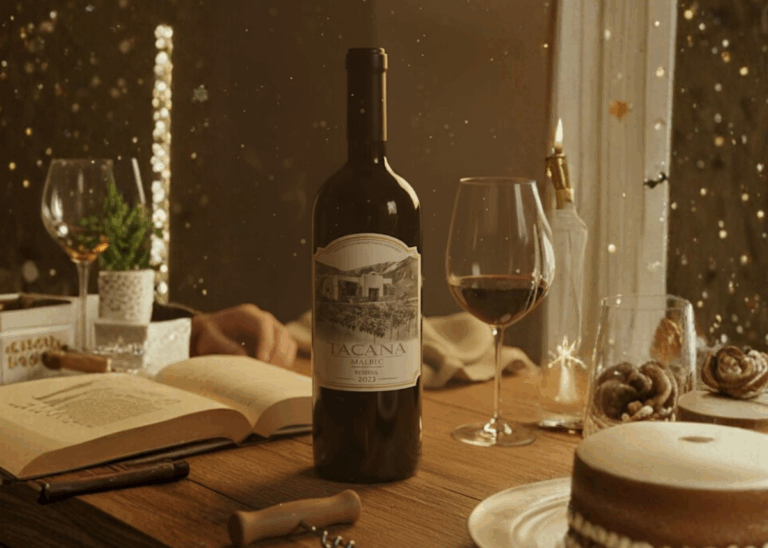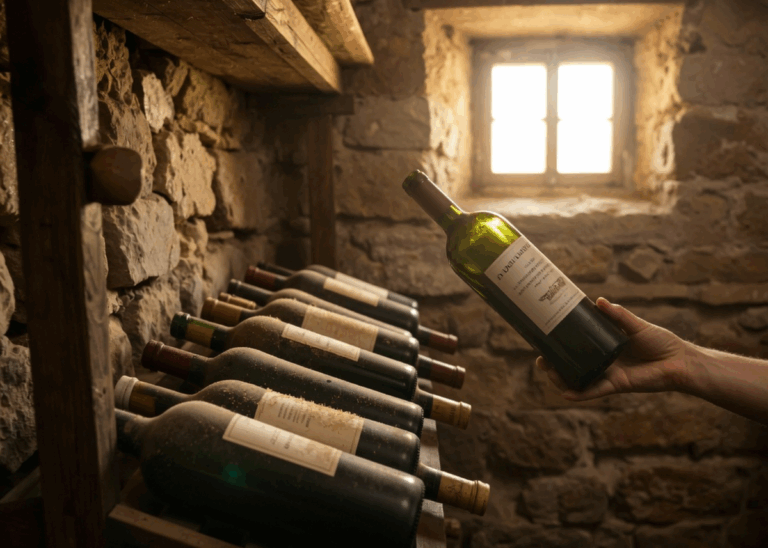[et_pb_section fb_built=”1″ _builder_version=”4.11.1″ _module_preset=”default” global_colors_info=”{}”][et_pb_row _builder_version=”4.11.1″ _module_preset=”default” global_colors_info=”{}”][et_pb_column type=”4_4″ _builder_version=”4.11.1″ _module_preset=”default” global_colors_info=”{}”][et_pb_text _builder_version=”4.11.1″ _module_preset=”default” hover_enabled=”0″ global_colors_info=”{}” sticky_enabled=”0″]
Note: In case you missed it, we just announced our 2023 Mother’s Day Collection! With Mother’s Day right around the corner, we’ve put together a collection of six exceptional wines to celebrate all of the fantastic moms in our lives…
Not only is this collection of wines a unique gift for her – you’ll get $27 OFF & Complimentary 2-Day Shipping when you order today. It’s truly a WIN-WIN!
Save yourself the stress of last-minute gift buying and plan ahead with this collection of rich malbecs, refreshing whites & a pinot to boot.
Simply click here to order your Mother’s Day Collection today for over $45 off in total!
[/et_pb_text][et_pb_divider _builder_version=”4.11.1″ _module_preset=”default” global_colors_info=”{}”][/et_pb_divider][et_pb_text _builder_version=”4.11.1″ _module_preset=”default” global_colors_info=”{}”]
Do older grape vines produce better wines?
With older vines taking center stage in our new Italian Collection, we revisit this oft-asked question…
More on that in a moment. But first, reserva, riserva, reserve… What’s the difference?
You’ve come across these terms before, but do they mean anything specific? Yes and no… this week Julien Miquel explains which of these 3 similar terms are strictly regulated, and which are free to be used as the winery sees fit…
[/et_pb_text][et_pb_video src=”https://youtu.be/TDZ-ijZ9IfE” module_id=”video” _builder_version=”4.11.1″ _module_preset=”default” width=”75%” width_tablet=”85%” width_phone=”100%” width_last_edited=”on|phone” module_alignment=”center” global_colors_info=”{}”][/et_pb_video][et_pb_text _builder_version=”4.11.1″ _module_preset=”default” global_colors_info=”{}”]
Do older grape vines produce better wines? (Continued)
According to Guinness World Records, the world’s oldest vine is a 400 year old “zametovka” vine in Slovenia. Apparently it still produces 100 half-pint bottles a year (which Slovenian dignitaries like to give as gifts to their foreign counterparts; Bill Clinton is said to have a bottle). Some among the English maintain that the Slovenian vine lacks full documentation and that their schiava grossa vine – dubbed The Great Vine and planted in 1768 at Hampton Court Palace on the River Thames – has the better claim to the title. So far Guinness remains unmoved; the English must content themselves with the “largest vine in the world.”
Old vines aren’t terribly common in Europe’s largest wine producing regions. Long-time readers may divine why… phylloxera. The same blight that wiped out malbec in France, wiped out just about everything else in Europe. And after that came a great frost. And after that came two world wars. Hence, the world’s oldest syrah vines reside not in the Rhône Valley, but in Australia (where they are called shiraz). California has 130-year-old plots of Zinfandel and Grenache. In Argentina, particularly in the Calchaquí Valley, you find centenarian vines with ease.
But a vine needn’t be 100 to be “old.” The term applies from about the age of 25, with most wines in your local shop coming from vines in their teens. Most winemakers, especially those who trade in large volumes, tend to rip out vines before they reach old age. First, yields often get lower, which hurts output and therefore profit. Second, fashions change. Think of all those merlot plots that disappeared after the movie Sideways came out.
What almost everyone can agree on is that very young vines don’t make great wine. They soak up too much water. The sap pumps too hard through their veins. Their grapes swell too fast. Their leaves get too big. The wines of a young vine sometimes get a “green” taste and mouthfeel. All tannin, no depth.
As vines age, however, their inner workings change. Water intake drops. The sap gets thick, and slow moving. In this state of privation, the vine learns to waste nothing. Its trunk grows thin (even as the bark itself gets gnarly). Its leaves shrink. What nutrients it does soak up are distributed gradually, carefully, among the grape bunches. As with extreme altitude wines, the juice yield will be lower, but the expression of terroir far more vibrant, and the wine more concentrated.
One interesting feature of very old plots, particularly the super centenarians, lies in the varietal. In the New World especially, the older the vineyard, the less likely it is that the varietal is what it claims to be. Vines breed. And they breed easily. A century old plot may be listed as tempranillo, yet really be mazuelo, or a cross between the two, or even, as is the case with many mystery plots in Argentina, a hybridized form of a centuries old varietal seldom planted these days.
Certainly, we won’t expect the preference towards younger vines to reverse any time soon, the economics of a global wine industry being what they are. But for those willing to seek them out, older vines have a lot to impart.
Until next week,
The Wine Explorer
P.S. We’re only able to offer complimentary 2-Day shipping for a limited-time… Click here to treat the most important women in your life with a special collection of wines (And save over $45 in total!)
[/et_pb_text][/et_pb_column][/et_pb_row][/et_pb_section]


